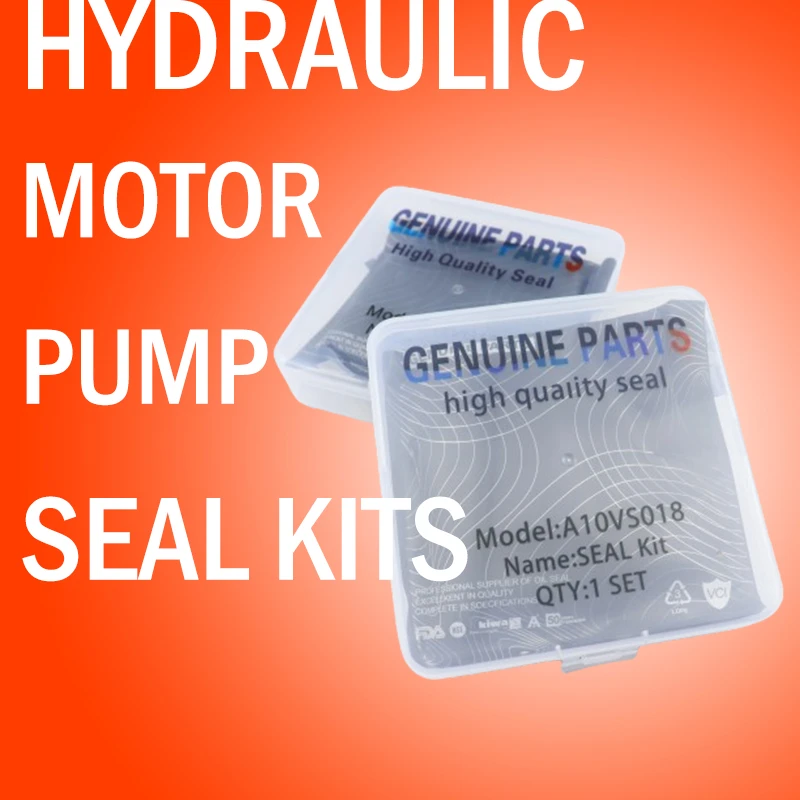Oct . 04, 2024 21:21 Back to list
Understanding Cylinder Oil Seals and Their Importance in Engine Performance
Understanding Cylinder Oil Seals Importance, Functions, and Selection
Cylinder oil seals, often referred to as oil seals or shaft seals, play a crucial role in the mechanical integrity of various machinery, particularly in engines and other cylindrical components. These seals are essential for preventing the leakage of lubricants and maintaining the overall efficiency of the system where they are employed.
One of the primary functions of a cylinder oil seal is to retain oil or lubricant within the cylinder while keeping contaminants such as dust, dirt, and moisture from entering
. This is particularly important in engine applications, where the lubrication system is vital for reducing friction, minimizing wear, and ensuring optimal performance. A failure in the oil seal can lead to substantial oil loss, resulting in increased friction and wear on moving parts, potentially causing significant damage and requiring costly repairs.The design of a cylinder oil seal typically consists of a circular elastomeric body with a metal casing. The elastomer is engineered to create a flexible lip that makes contact with the rotating shaft. This contact ensures a tight seal while accommodating the slight movements that occur during operation. The material used for the seal is usually chosen based on its ability to withstand varying temperatures, pressures, and chemical exposures, making them highly durable and efficient.
cylinder oil seal

When selecting an oil seal, several factors need to be considered. The first is the size and dimensions; it's crucial to match the seal precisely to prevent leaks. Additionally, the material compatibility must be considered, particularly in environments where the seal may come into contact with aggressive chemicals or extreme temperatures. Manufacturers offer a variety of seals made from materials like nitrile rubber (NBR), fluorocarbon (FKM), and silicone, each suited to different applications.
Another key point to consider is the seal's design and structure. Some oil seals are designed for high-speed applications, while others are intended for low-speed, high-load scenarios. The sealing lip design may also vary—some have single lips, while others have double lips for enhanced protection against contaminants.
In conclusion, cylinder oil seals are a fundamental component in maintaining the reliability and efficiency of many mechanical systems. Understanding their importance and functions, as well as how to select the appropriate seal for a specific application, is essential for anyone involved in maintenance or engineering. Proper utilization of oil seals can lead to improved performance and longevity of machinery, ultimately reducing operational costs and enhancing productivity.
-
TCN Oil Seal Metal Ring Reinforcement for Heavy Machinery
NewsJul.25,2025
-
Rotary Lip Seal Spring-Loaded Design for High-Speed Applications
NewsJul.25,2025
-
Hydraulic Cylinder Seals Polyurethane Material for High-Impact Jobs
NewsJul.25,2025
-
High Pressure Oil Seal Polyurethane Coating Wear Resistance
NewsJul.25,2025
-
Dust Proof Seal Double Lip Design for Construction Equipment
NewsJul.25,2025
-
Hub Seal Polyurethane Wear Resistance in Agricultural Vehicles
NewsJul.25,2025
-
The Trans-formative Journey of Wheel Hub Oil Seals
NewsJun.06,2025
Products categories
















